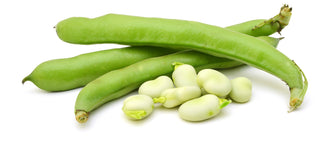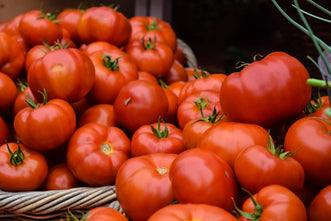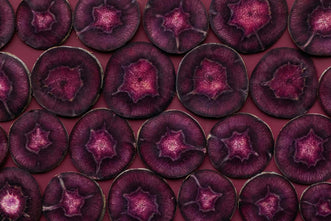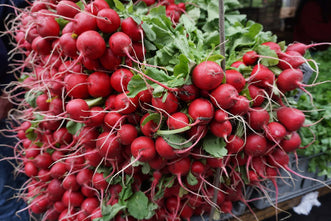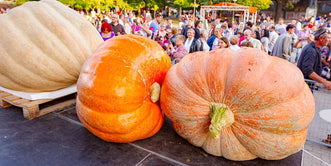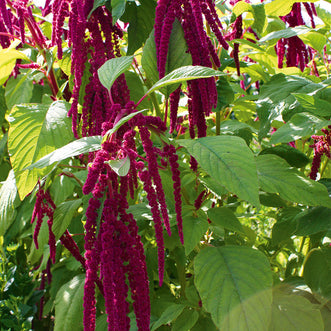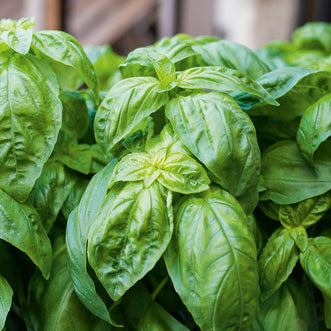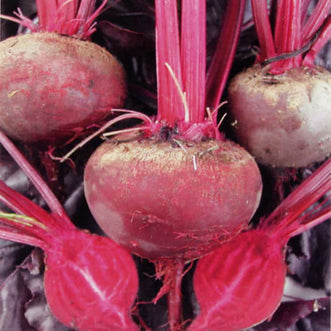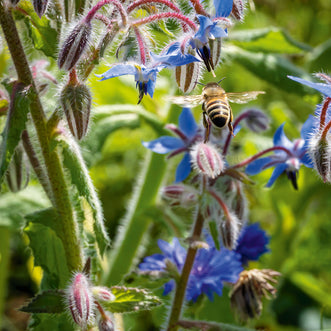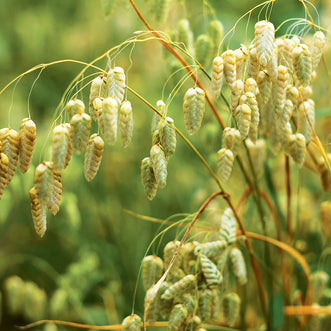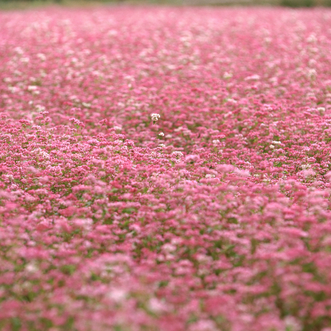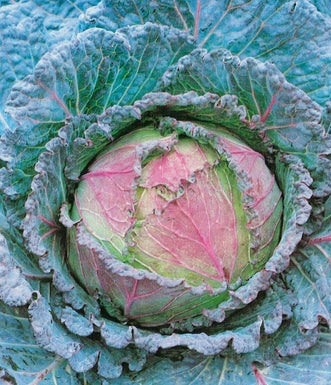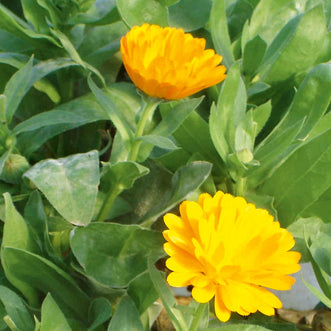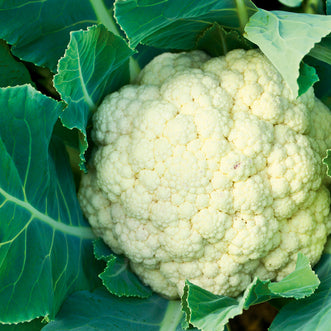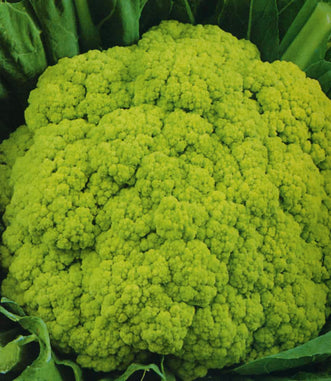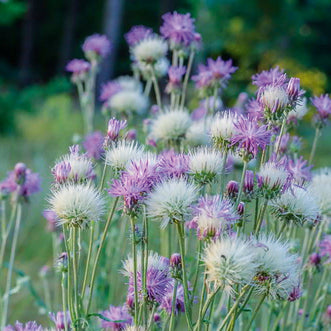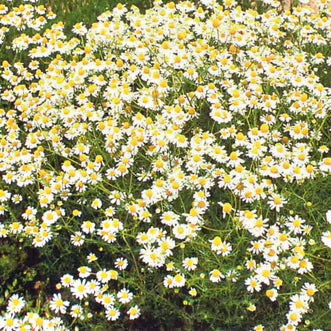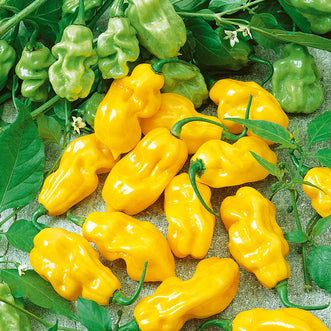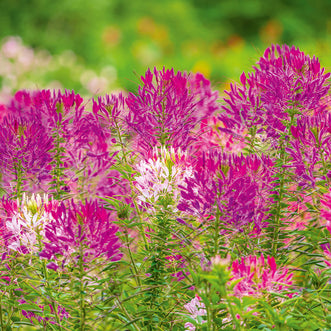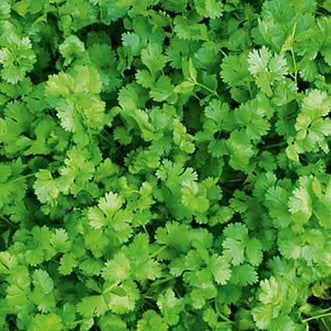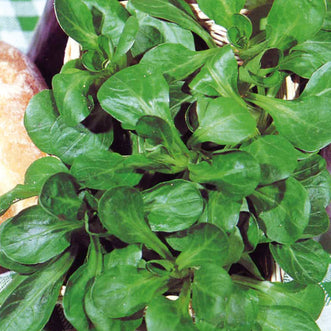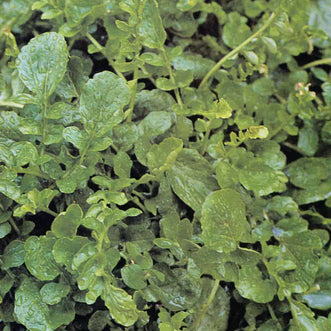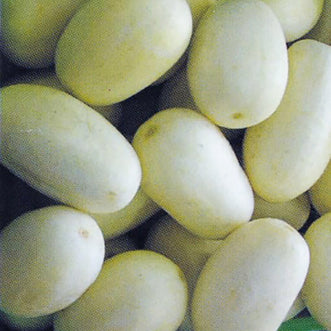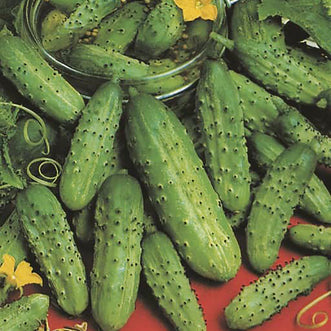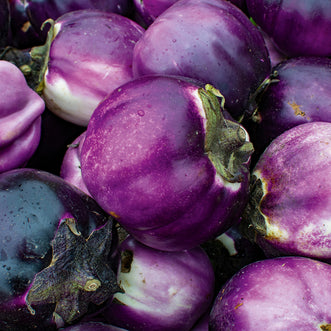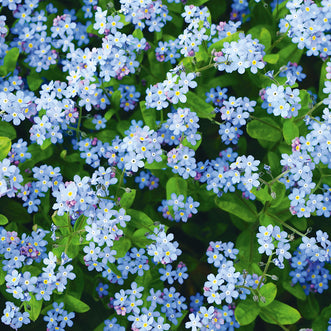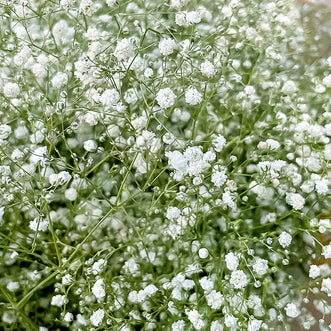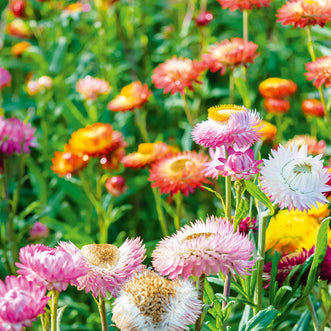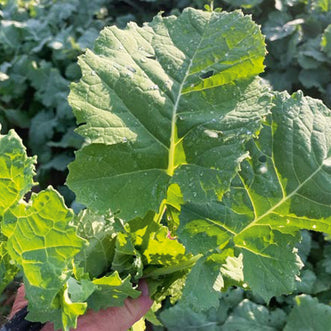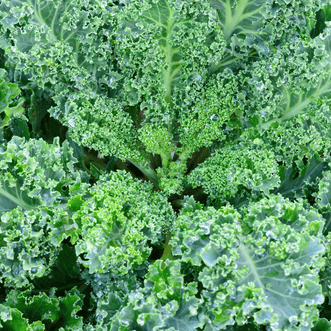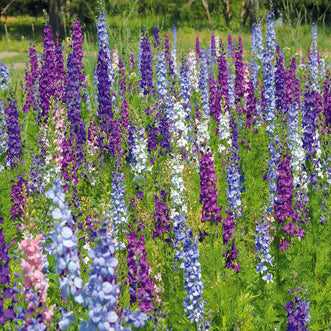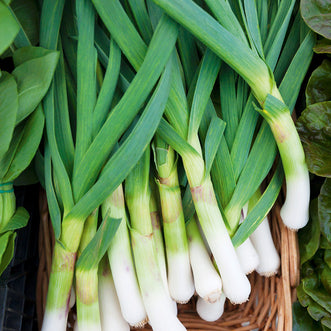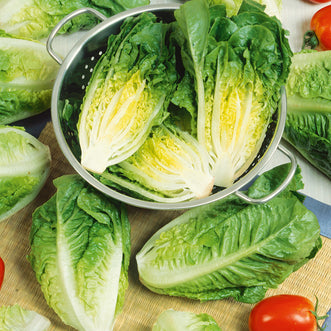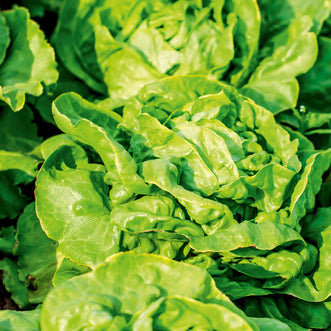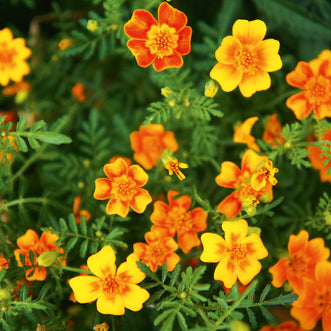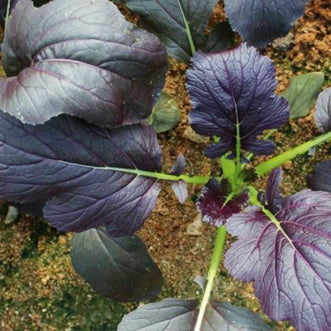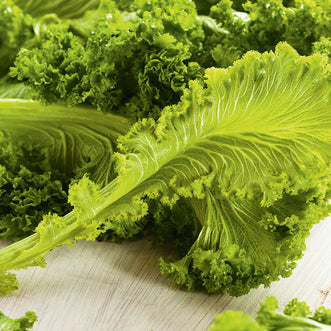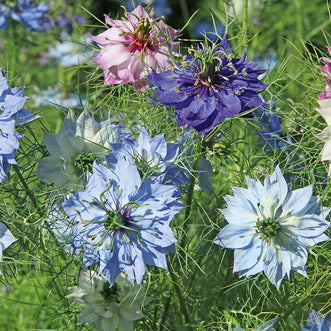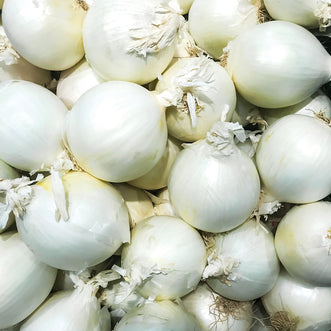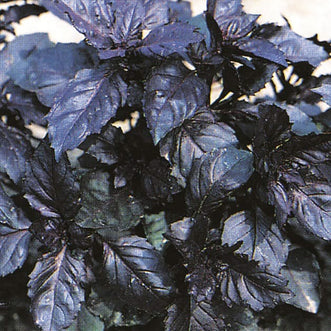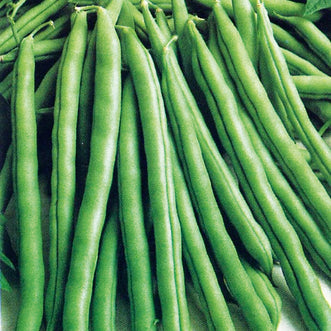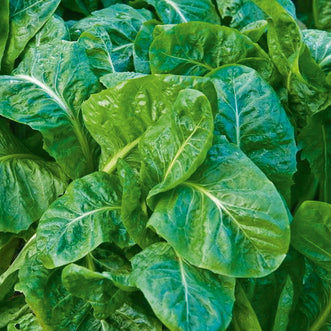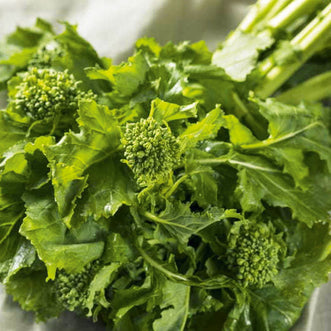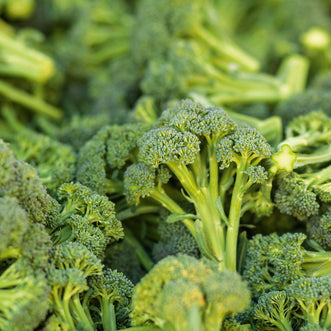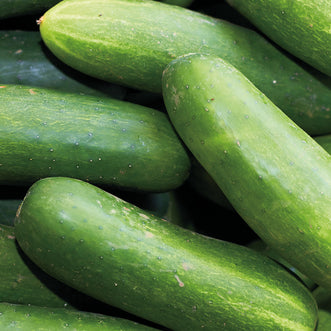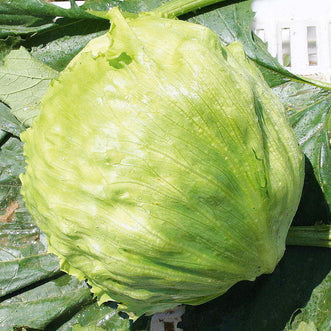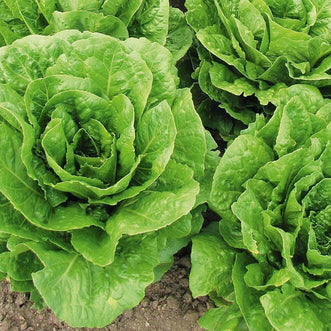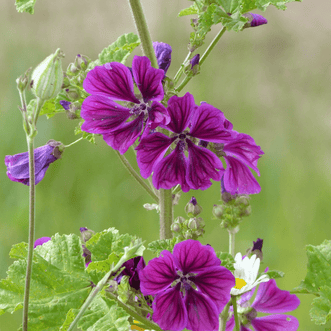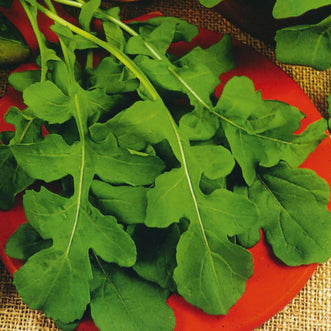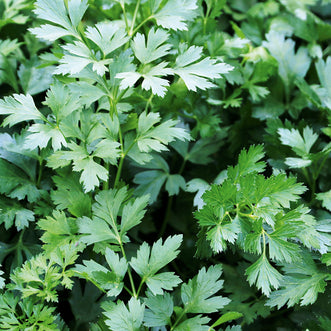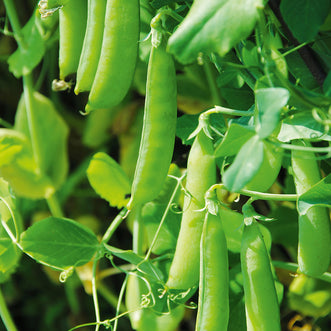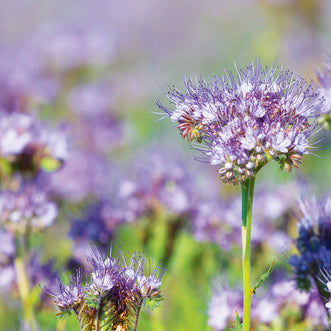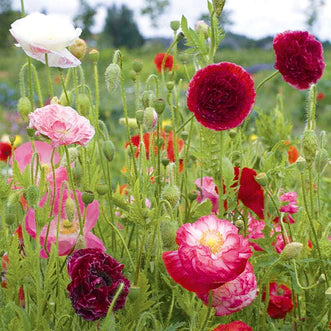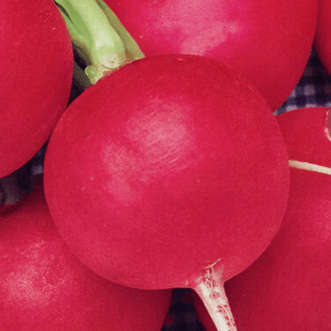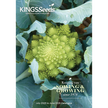Instant Gratification for Gardeners - Radishes
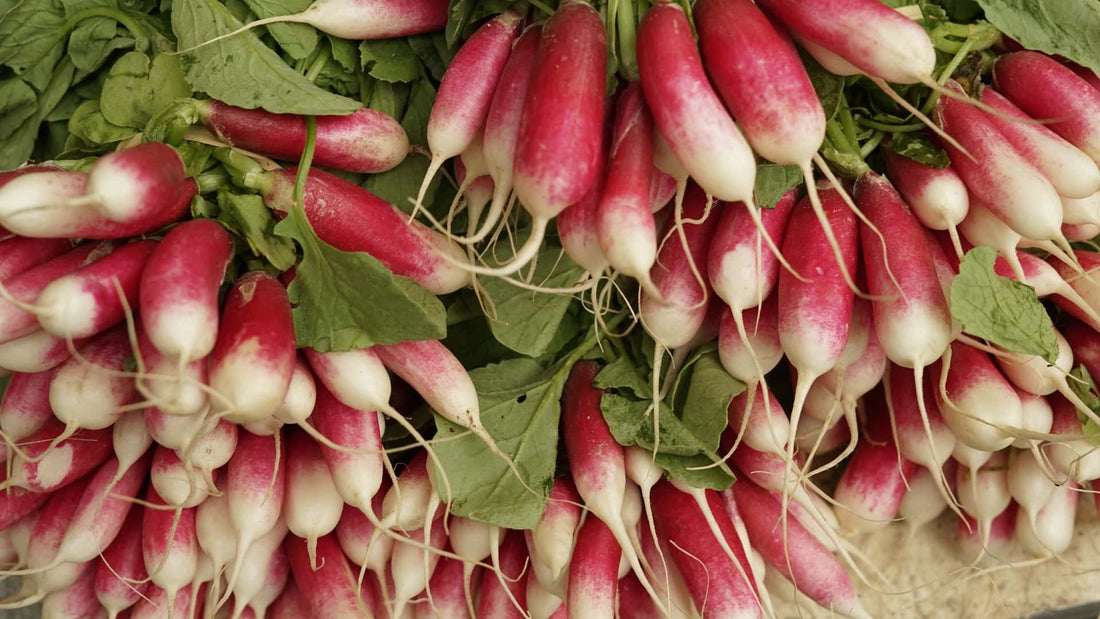
Despite the title of this blog post, there really isn't any such thing as instant gratification for gardeners. No matter how difficult we find waiting, it is something we always have to do! However, if I had to pick something that comes the closest to instant gratification, then I would choose to grow radishes.
That's one of the reasons why growing radishes is often the first thing we do with our “seedling” gardeners (children). It's easier for them to wait three weeks than six months. It's easier for us grown-ups too!

Microgreens, sprouts and radishes – the golden threesome for impatient gardeners!
Radishes are a root vegetable from the Brassicaceae family. It is thought that radishes originated from South East Asia.
They are a good source of potassium and are also high in vitamin C. Radish tops have five times as much vitamin C as the radish root, and in the past both the roots and the tops were used as food crops to prevent scurvy. You could try using your radish thinnings as an extra salad green to add to your salads, or you could simply stir-fry them lightly with a little garlic and olive oil.
Radishes germinate once the soil temperatures are above 10oC and are usually best sown in Spring and Autumn, when the weather is cooler. In the heat of summer, radishes can bolt quickly to seed.
Sow your radish seeds directly where they are to grow. Cover the seed and when the seedlings are growing, thin them to about 5cm apart. If your radishes are too crowded, they will not grow well.
Radishes need full sun to produce good roots – if they are growing in deep shade, they will put all their energy in producing large leaves rather than roots. Sow seed every couple of weeks to ensure a continuous supply of radishes. Some gardeners always have a packet of radish seeds in their pockets when they potter around the garden – popping a few seeds in here and there can be a great way to ensure a good radish supply!
Because radishes grow so quickly, they are great sown as a catch crop. Sow a few radishes along your rows of vegetables and they will help break up the soil and you can harvest your radishes before your other crops need the space.
Radishes are best sown away from cabbage, cauliflower, Brussels sprouts and turnips, but are good companion plants for most other garden crops, and their pungent leaves can help keep pests away. Radishes are a good indicator of calcium levels – if you are getting small, stringy radish roots, you may need more calcium in your soil.
There are some wonderful radishes in our Organics range – all of them are heirloom seeds (apart from the Easter Egg blend, which is open-pollinated). Here are some options from which to choose:
French Breakfast
Radish French Breakfast was first mentioned in seed catalogues in 1870, and it is hugely popular. It isn't difficult to see why. This radish looks gorgeous in the garden and on the plate – an elongated oblong radish with a scarlet top and a bright white tip.
French Breakfast is sweet, crisp, tender and mild and is perfect for salads.
Pick these radishes as soon as they reach maturity – they keep well in the refrigerator but they don't keep as well in the ground.
Pink Beauty
Radish Pink Beauty is an eye-catching, top-quality radish. This radish is a beautiful rose pink and is sweet and tasty. Along with purple plum, this is a radish which resists pithiness when left in the ground – this radish holds well in the garden!
White Icicle
Radish White Icicle dates back to the 16th Century. This is a milder radish, which produces 12-15cm long carrot-shaped roots. This radish is a good early variety – sow seeds in the cooler months of Spring and Autumn. It takes 20-25 days to mature. This radish is crisp and tender when young, but also retains these qualities as the roots grow larger.
Cherrybelle
Radish Cherrybelle is a round radish with a bright scarlet skin and white flesh. Quick and easy to grow, this radish is very popular for its flavour, and is the classic red radish. These radishes grow to about golf-ball size.
Easter Egg
Radish Easter Egg is not an actual variety, but is a mix of varieties with different skin colours. This is hugely popular, as the mix includes white, pink, red, and purple radishes. This is a great option if you would like a variety of radishes in your garden, and this seed mix can also extend your harvesting period from a single planting, as different varieties may mature at different times.
If you end up with radish plants that have gone to seed in the hot weather, you could be thrifty and make use of the seed pods, which are spicy and edible and can be pickled for later use. They make a great addition to a cheese platter, or can be used wherever you would use capers - of course the taste has more of the radish "bite".
Pickled Radish Pods / Pickled
Nasturtium Buds
Pick the seed pods when they're small and tender. Don't use the larger ones as they can be stringy and fibrous.
Clean the pods under running water, gently pat dry and pack the pods into clean jars. You can add some garlic cloves and/or herbs for extra flavour if you like – thyme, bay leaves, dill and mustard seeds are all nice additions.
For this recipe, you will need whey. You can make your own whey by draining some natural yoghurt in a cloth-lined sieve over a bowl – you will end up with lovely, very thick yoghurt, and the liquid that has dripped from the yoghurt is your whey for making your pickles.
To each 500g of pods, add 2 tablespoons of whey and 1 ½ teaspoons of sea salt. Top the jar up with enough water to cover the ingredients completely.
Make sure the pods are all held under the level of the liquid (you can use another smaller jar as a weight, or use a small plastic bag filled with water inserted into the top of the jar.
Cover the jar and leave it to sit on the kitchen bench for 2-3 days. When that is done, put the lid on the jar and place in the fridge. The pickles will be ready to use after about 2-3 weeks and they will last for several months.
(This is the same method I used to preserve nasturtium pods last summer and we are still enjoying them - they are a real treat to have in the pantry.)
We have looked at some of our Heirloom Organic varieties of radish in this blog post. They're wonderful. If you find your taste for radishes has been whetted, give some of them a go. If you find yourself developing into a radish fanatic, you can find additional radish varieties in our Gourmet Vegetable range. And feel free to share some of your favourite radish recipes with us via our comments option...we love to hear your good ideas!

